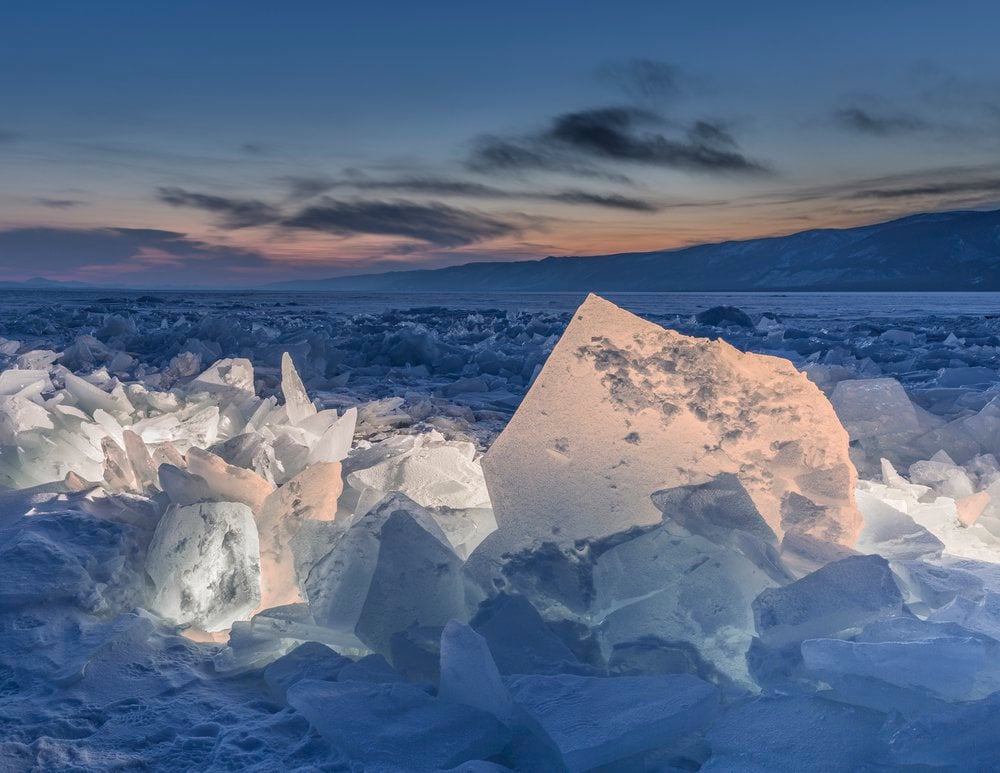Researchers are starting to understand the biological rhythms that sync worms and corals to phases of the moon
A clever new study shows the cute critters will often scuttle toward a video of a rising ball
As the big cats return to hunting fur seals on the Skeleton Coast, a new project tries to keep people out of the way
The state has mined and abused the Devil's Element for decades, and now it is increasingly fouling precious coastal waters
As the Smithsonian's National Zoo prepares to open its reimagined and beloved Bird House, explore the fascinating science of our feathery friends above
The Smithsonian Astrophysical Observatory and other researchers have melded astronomy and music to offer a new oeuvre
Following a six-year renovation, the revamped exhibition will open March 13 with three indoor aviaries
The gigantic waves have been decimating coastlines since time immemorial. We ignore these prehistoric warnings at our own peril.
Researchers discovered a punctured skull below the floor of a home in what is now Israel
In anticipation of future demand, several projects are underway in the region to produce this clean energy source
Decades before paleontology’s formal establishment, Black and Native Americans discovered—and correctly identified—millennia-old fossils
Mercury contamination in their Amazonian wintering grounds may play a role
This quirky icon of evolution faces a rocky future
With a new state-of-the-art irrigation project, Arizona’s Pima Indians are transforming their land into what it once was: the granary of the Southwest
Distant identification of whales is improving rapidly, but finding the behemoth creatures is still surprisingly tricky
Kids and senior citizens alike rally to rescue beloved young seabirds that have lost their bearings
Launching in April, the satellite mission TEMPO will detect pollutants at a neighborhood scale across the nation
A look through a historic microscope helps explain what we all owe the Nobel Prize-winning scientist
A nearly three-million-year-old butchering site packed with animal bones, stone implements and molars from our early ancestors reignites the debate
Native vegetation blocks the birds’ ability to see approaching predators
 Crystals of Siberia
Crystals of Siberia